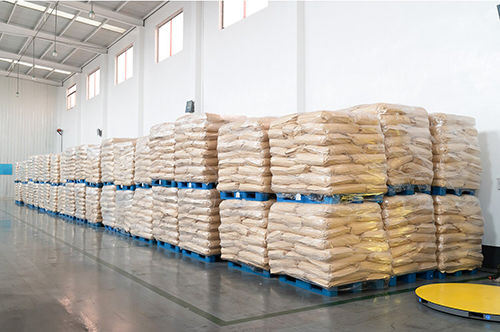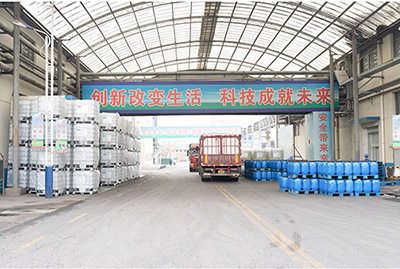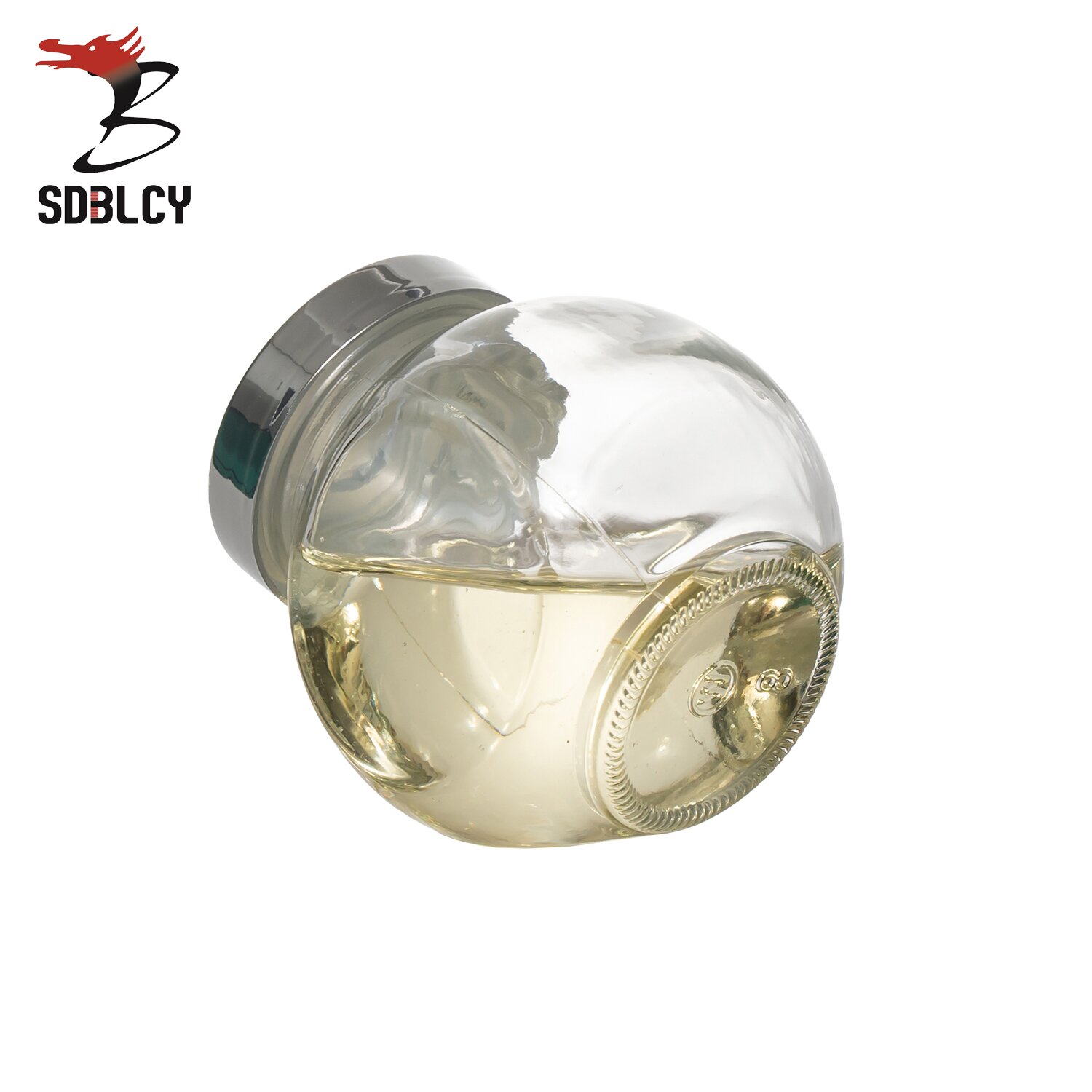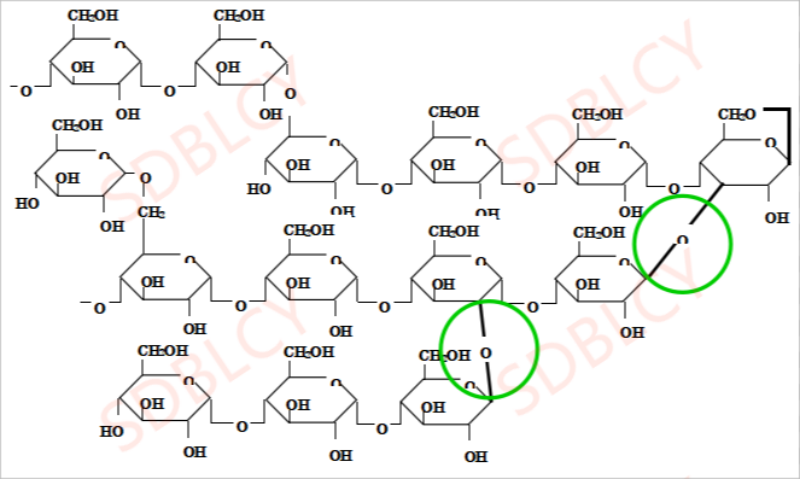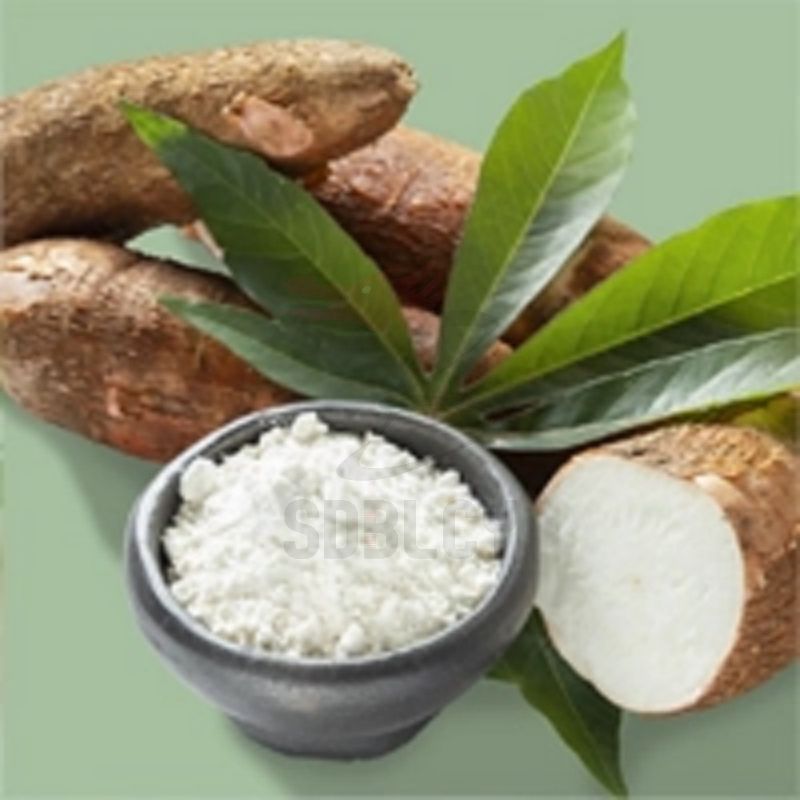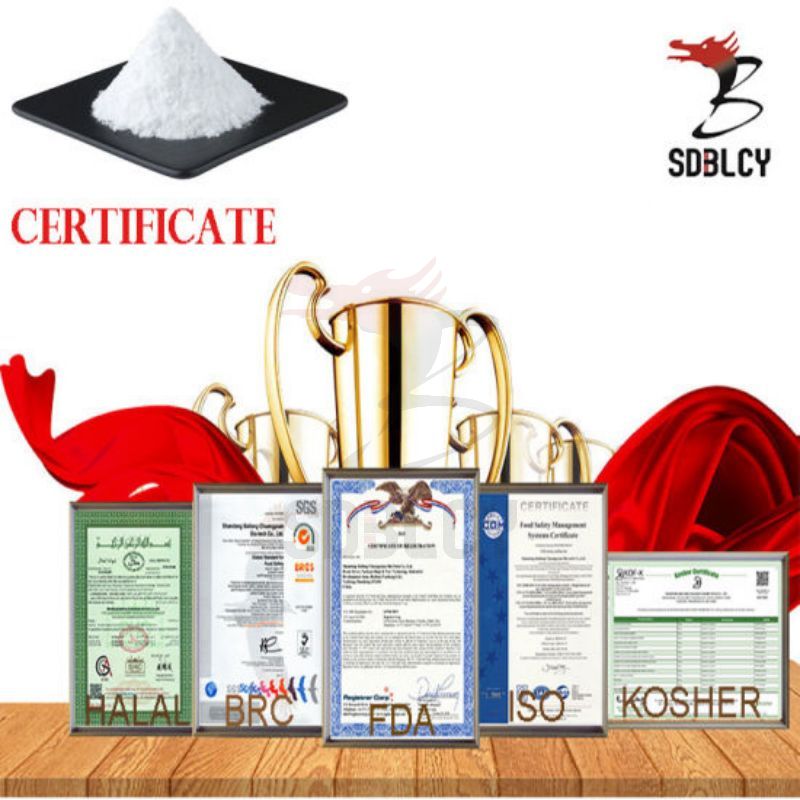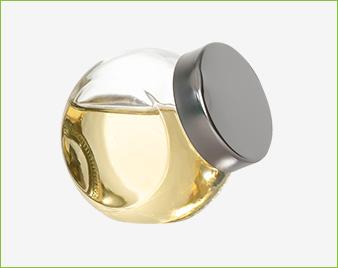Organic Corn Resistant Dextrin Syrup
Resistant dextrin is a low molecular weight carbohydrate produced by hydrolysis of starch. It is a white or yellow powder, produced from tapioca and corn starch, and has slight sweetness. Resistant dextrin acts as a prebiotic in that it tends not to be digested in the small intestine but is available to be fermented in the colon, and forms many beneficial substances, including short chain fatty acids.
Soluble corn fiber, also referred to as resistant maltodextrin, is a type of dietary fiber made from cornstarch. It’s produced using enzymatic hydrolysis, a process that involves breaking the chemical bonds of a molecule using enzymes. Soluble corn fiber is typically used to thicken processed foods like cereals, baked goods, dairy products, protein bars, and salad dressings. It’s also used in place of sugar as a sweetener due to its low glycemic index, which measures the extent to which a food affects your blood sugar levels. Because it doesn’t spike your blood sugar levels, it’s often used as a sugar substitute in low carb, keto-friendly products to help those following the ketogenic diet remain in the metabolic state of ketosis.
Functional characteristics:
1.Good processing stability.
The resistant dextrin has processing characteristics such as heat resistance, acid resistance, and freeze resistance, and the viscosity of the aqueous solution is very low, and the variation of the viscosity value with changes in the shear rate and temperature is small.
2. Good dissolution, sweet and odorless, does not affect the finished product flavor, can modify the bad flavor, has the function to improve the taste.
3.Low calories, suitable for weight loss people.
Resistant dextrins supply very low, long-lasting energy, increase satiety, delay hunger, and have some effect on weight control. Resistant dextrin has a high tolerated dose, a threshold of 45 grams per day, no symptoms of gastrointestinal discomfort, and no diarrhea at doses of 100 grams per day (Van den Heuvel et al., 2004; Vermorel et al., 2004; Lefranc-Millot Et al., 2006b; Pasman et al., 2006).
4.Adjust blood sugar.
The resistant dextrin is mainly suitable for diabetics to eat by mainly absorbing glucose and inhibiting the activity of amylase, delaying the degradation of starch and absorption of glucose, and inhibiting the increase of blood glucose after meals.
5.The benefits of prebiotics reduce the burden on the intestines and prevent intestinal diseases.
In China, resistant dextrin was identified as a prebiotic product by the “Public Nutrition Improvement Microecological Project” at the end of 2008. Its goal is to increase the use of prebiotics in China to improve intestinal dysbacteriosis, which has been identified as a key sub-health factor. Resistant dextrin ferments in the colon to produce exercise fatty acids, inhibit the growth of spoilage bacteria; as a substrate to promote the proliferation of probiotics, thereby inhibiting the proliferation of pathogenic bacteria, repair intestinal epithelial barrier function, inhibiting tumor cell proliferation, inhibiting carcinogenic chemical activity and antioxidant .
6.Prevention of cardiovascular diseases.
The health effects of the intake of resistant dextrin on serum have been confirmed in mice, chickens, dogs, pigs, and humans. The results show that continuous intake of resistant dextrin can reduce serum cholesterol and neutral fat concentration and body fat , To meet the needs of various hyperlipidemia patients in improving lipid metabolism.
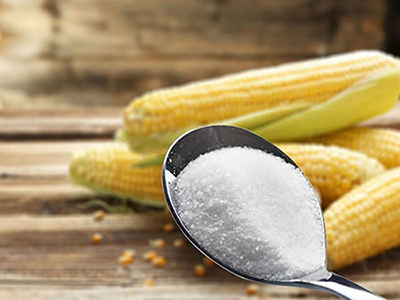

PHYSICOCHEMICAL CHARACTERISCS
1. Low sweetness, only 10% of sugar sweetness
2. Low calorie,about 1.9 Kcal/g
3. Acid resistant, heat resistant and freezing resistant
4. Low viscosity and low water activity
5. No use restriction, add moderately according to production
FUNCTION
1. It can proliferate beneficial flora and has two-way regulation effect
2. Inhibit the rise of blood sugar after meals and maintain the blood sugar level
3. Improve lipid metabolism
4. It can promote mineral absorption
5. Increase defecation frequency and improve constipation


PRODUCT ANALYSIS:
ASSAY | SPECIFICATION |
Test standard | Reference Q/CBL0008S |
Appearance | Light yellow powder,no impurity,soft sweet |
Water content,% | ≤6.0 |
PH value | 4.0-6.0 |
Dietary fiber content,% | ≥90 |
Total Aerobic Count(CFU/g) | ≤1000 |
Total Coliform (MPN/100g) | ≤30 |
LABELING:
The packed label indicates:
1. Product name
2. Batch Number
3. Manufacture and expiry date
4. Net weight and gross weight of contents
5. Name and address of manufacturer
6. Name and address importer
PCAKING & TRANSPORATION:
The outer is paper-polymer bag, the inner is food grade polythene plastic bag.
Net weight : 25kg /bag
Without pallet---18MT/20’GP
With pallet---15MT/20’GP
STORAGE & SHELF LIFE:
1.Store in dry and cool condition, keep away from material with odor or of volatilization, protect from water and wet.
2.Best within 24 months from manufacturing date.
OUR SERVICES:
1. Supply high quality products with a best price.
2.Arrange orders and shipment with your requests time, supply customs clearance documents according to customers’requests.
3. Responsible for all if our products have quality problems.
5. Update and regulate the price in time for customer to adapt market changes.
6. We can make the packages as you request, and send you photos before shipment.
